Exploring the Rich Flavors of Shaanxi Traditional Cuisine: A Culinary Journey Through English
Shaanxi Province, located in the heart of China, is not only renowned for its historical significance but also for its rich and diverse culinary heritage. The traditional foods of Shaanxi are a testament to the region's long history, cultural diversity, and the ingenuity of its people. In this article, we will embark on a culinary journey through Shaanxi's traditional cuisine, exploring its unique flavors, ingredients, and the stories behind some of its most iconic dishes.
1. The Historical Context of Shaanxi Cuisine
Shaanxi's culinary traditions are deeply rooted in its history. As the ancient capital of China during several dynasties, including the Qin, Han, and Tang, Shaanxi has been a melting pot of cultures and cuisines. The region's strategic location along the Silk Road also facilitated the exchange of culinary ideas and ingredients, enriching its food culture.
2. The Role of Wheat in Shaanxi Cuisine
Wheat is a staple in Shaanxi cuisine, reflecting the region's agricultural practices. Unlike the rice-dominated diets of southern China, Shaanxi's cuisine is characterized by its extensive use of wheat-based products. This is evident in the variety of noodles, bread, and dumplings that are central to the local diet.
3. Iconic Shaanxi Dishes
a. Biang Biang Noodles (Biang Biang Mian)
Biang Biang noodles are perhaps the most famous dish from Shaanxi. These thick, hand-pulled noodles are named after the sound they make when slapped against the table during preparation. The noodles are typically served with a savory sauce made from chili oil, garlic, and vinegar, and are often topped with minced meat and vegetables.
b. Roujiamo (Chinese Hamburger)
Roujiamo, often referred to as the Chinese hamburger, is a popular street food in Shaanxi. It consists of a flatbread stuffed with slow-cooked, spiced meat, usually pork or beef. The meat is tender and flavorful, and the bread is crispy on the outside and soft on the inside, making it a satisfying and portable meal.
c. Liangpi (Cold Skin Noodles)
Liangpi, or cold skin noodles, is a refreshing dish perfect for hot summer days. The noodles are made from wheat or rice flour and are served cold with a variety of toppings, including cucumber, bean sprouts, and a tangy sauce made from vinegar, garlic, and chili oil.
d. Yangrou Paomo (Pita Bread Soaked in Lamb Soup)
Yangrou Paomo is a hearty dish that involves tearing pieces of pita bread into small chunks and soaking them in a rich lamb soup. The dish is often garnished with cilantro, garlic, and chili oil, and is a favorite during the cold winter months.
4. The Influence of Ethnic Minorities
Shaanxi is home to several ethnic minority groups, including the Hui and the Uyghur. Their culinary traditions have significantly influenced Shaanxi's cuisine, introducing new flavors and techniques. For example, the Hui people are known for their expertise in making lamb dishes, while the Uyghur influence is evident in the use of spices and the preparation of bread.
5. The Art of Making Shaanxi Noodles
Noodle-making is an art form in Shaanxi, with various techniques used to create different types of noodles. From hand-pulled noodles to knife-cut noodles, each method requires skill and precision. The process of making noodles is often a communal activity, bringing families and communities together.
6. The Importance of Condiments and Sauces
Condiments and sauces play a crucial role in Shaanxi cuisine, adding depth and complexity to dishes. Chili oil, vinegar, and garlic are commonly used to enhance flavors. The combination of these ingredients creates a balance of heat, acidity, and umami that is characteristic of Shaanxi's culinary style.
7. The Cultural Significance of Shaanxi Cuisine
Food in Shaanxi is more than just sustenance; it is a reflection of the region's culture and history. Traditional dishes are often associated with festivals, rituals, and family gatherings, making them an integral part of the local identity. The preparation and consumption of food are seen as acts of hospitality and community building.
8. The Global Appeal of Shaanxi Cuisine
In recent years, Shaanxi cuisine has gained international recognition, with restaurants specializing in Shaanxi dishes opening in major cities around the world. The unique flavors and textures of Shaanxi food have captivated the palates of food enthusiasts globally, making it a popular choice for those seeking authentic Chinese culinary experiences.
9. Learning Shaanxi Cuisine Through English
For those interested in exploring Shaanxi cuisine, learning about it through English can be a rewarding experience. There are numerous resources available, including cookbooks, online tutorials, and cooking classes, that provide insights into the techniques and ingredients used in Shaanxi cooking. By understanding the language and culture behind the cuisine, one can gain a deeper appreciation for its richness and diversity.
10. Conclusion
Shaanxi's traditional cuisine is a treasure trove of flavors, textures, and stories. From the iconic Biang Biang noodles to the hearty Yangrou Paomo, each dish offers a glimpse into the region's history and culture. By exploring Shaanxi cuisine through English, we can not only satisfy our taste buds but also gain a deeper understanding of the people and traditions that have shaped this unique culinary heritage. Whether you are a seasoned foodie or a curious traveler, Shaanxi's traditional foods are sure to leave a lasting impression.




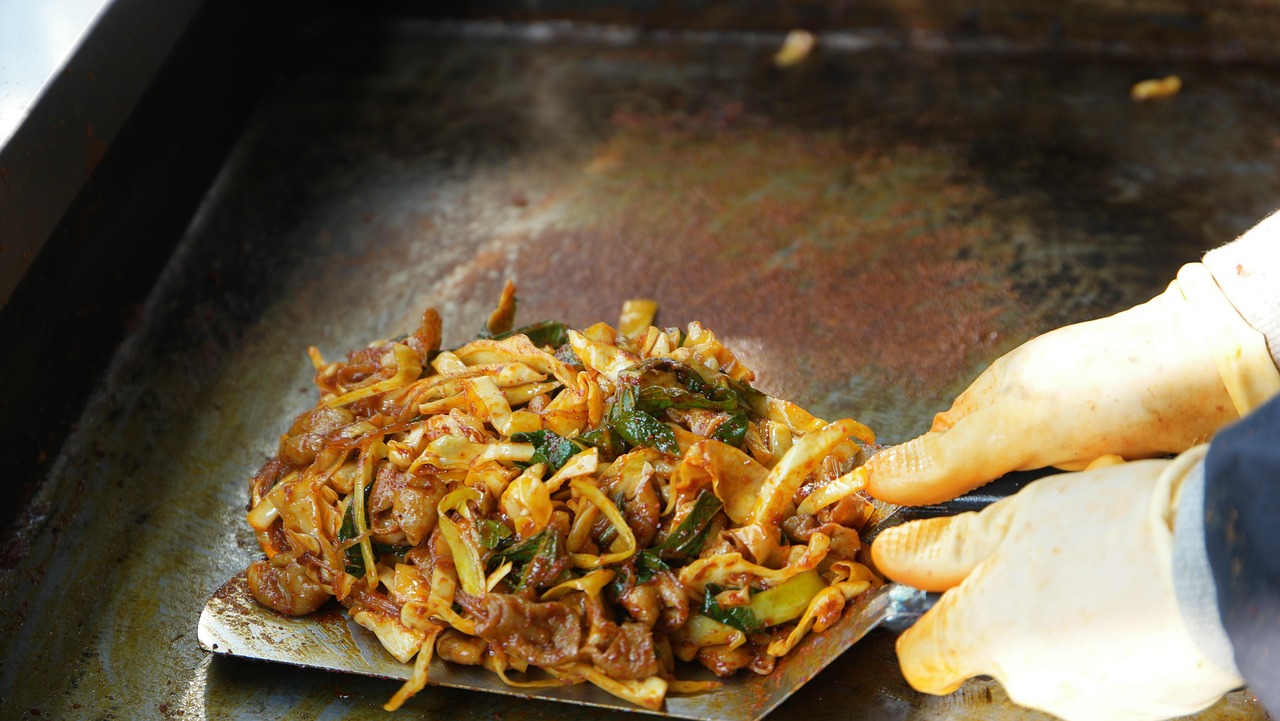
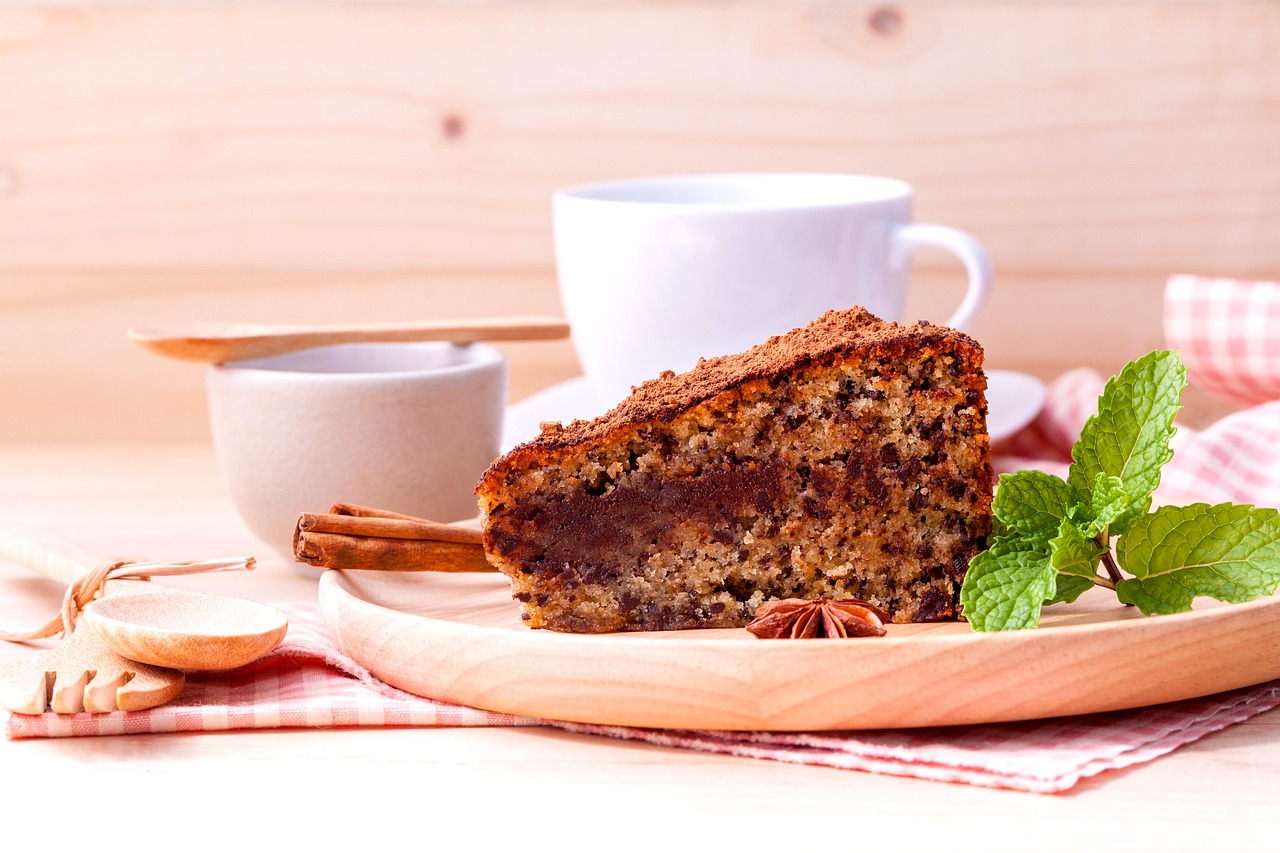
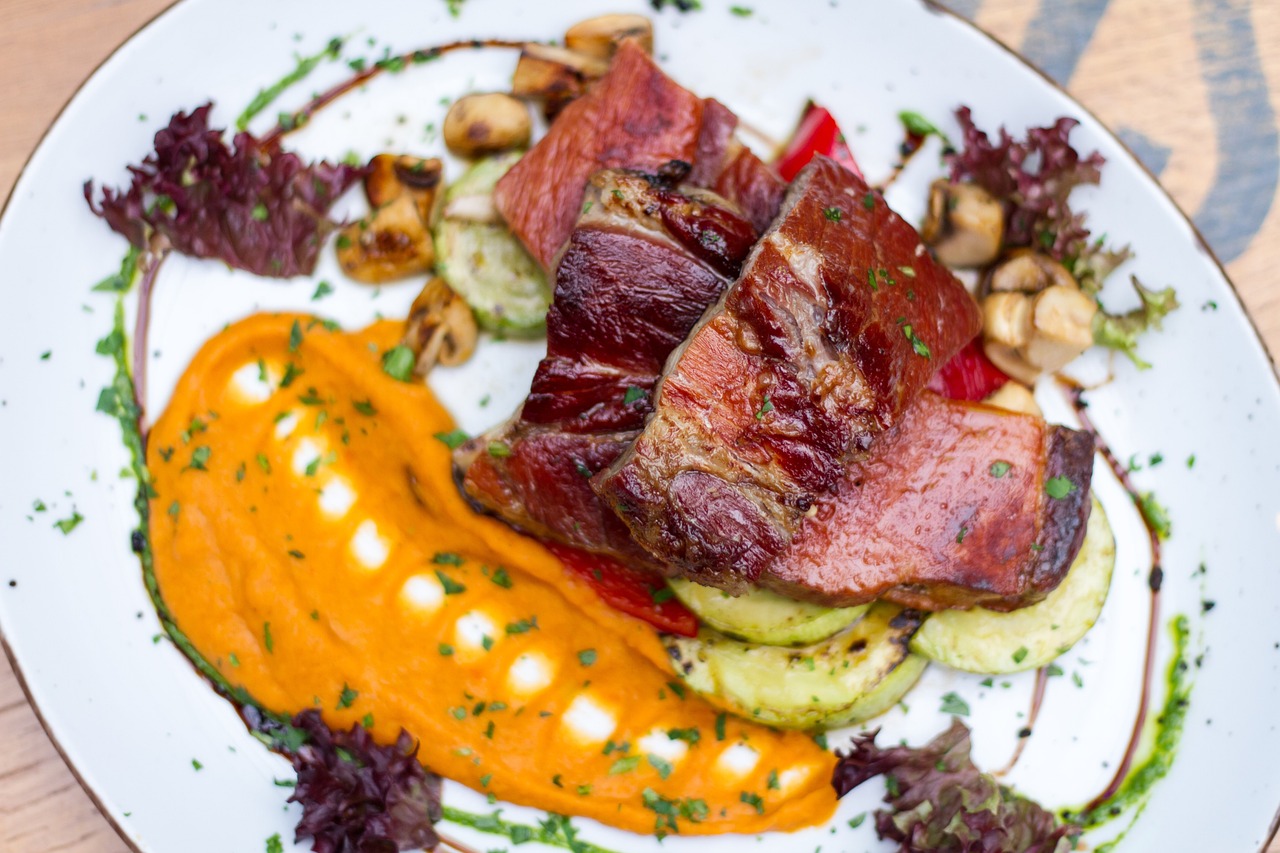
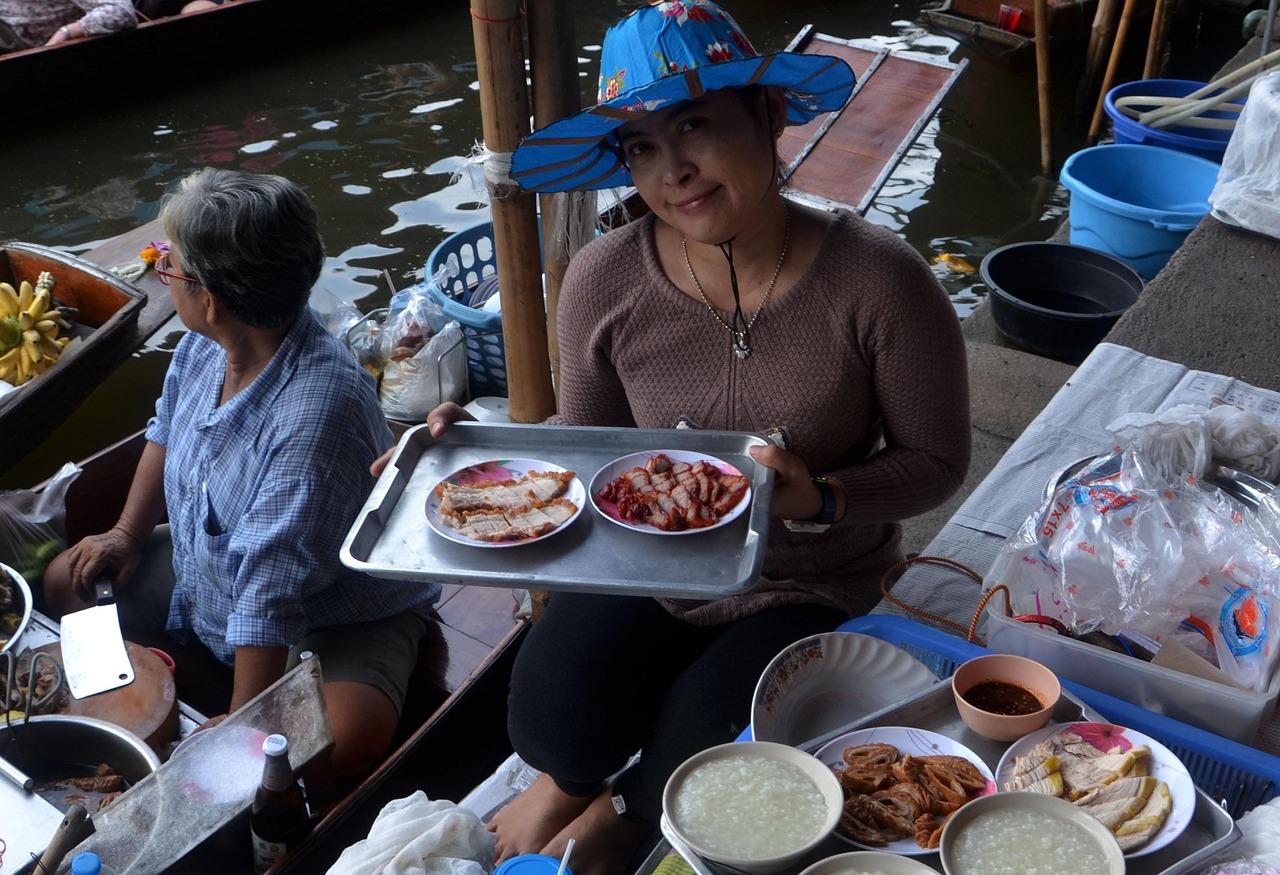
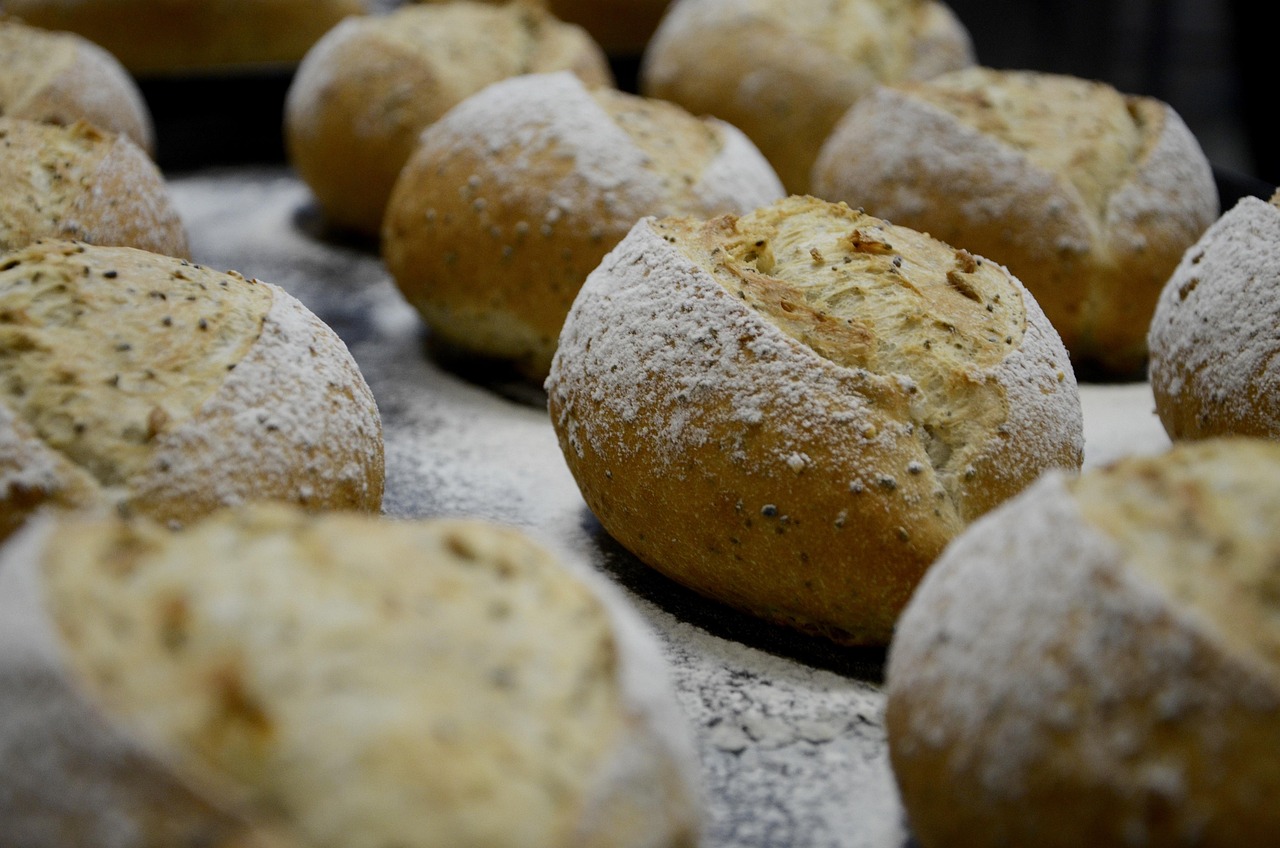


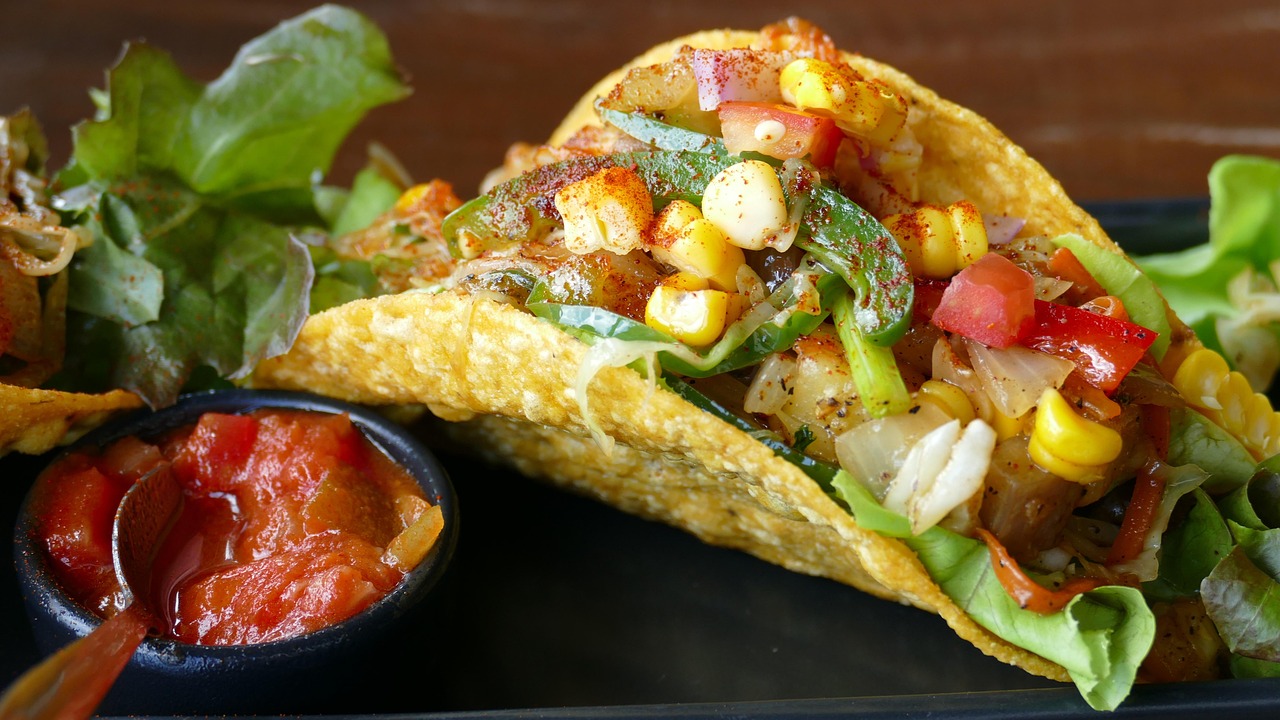
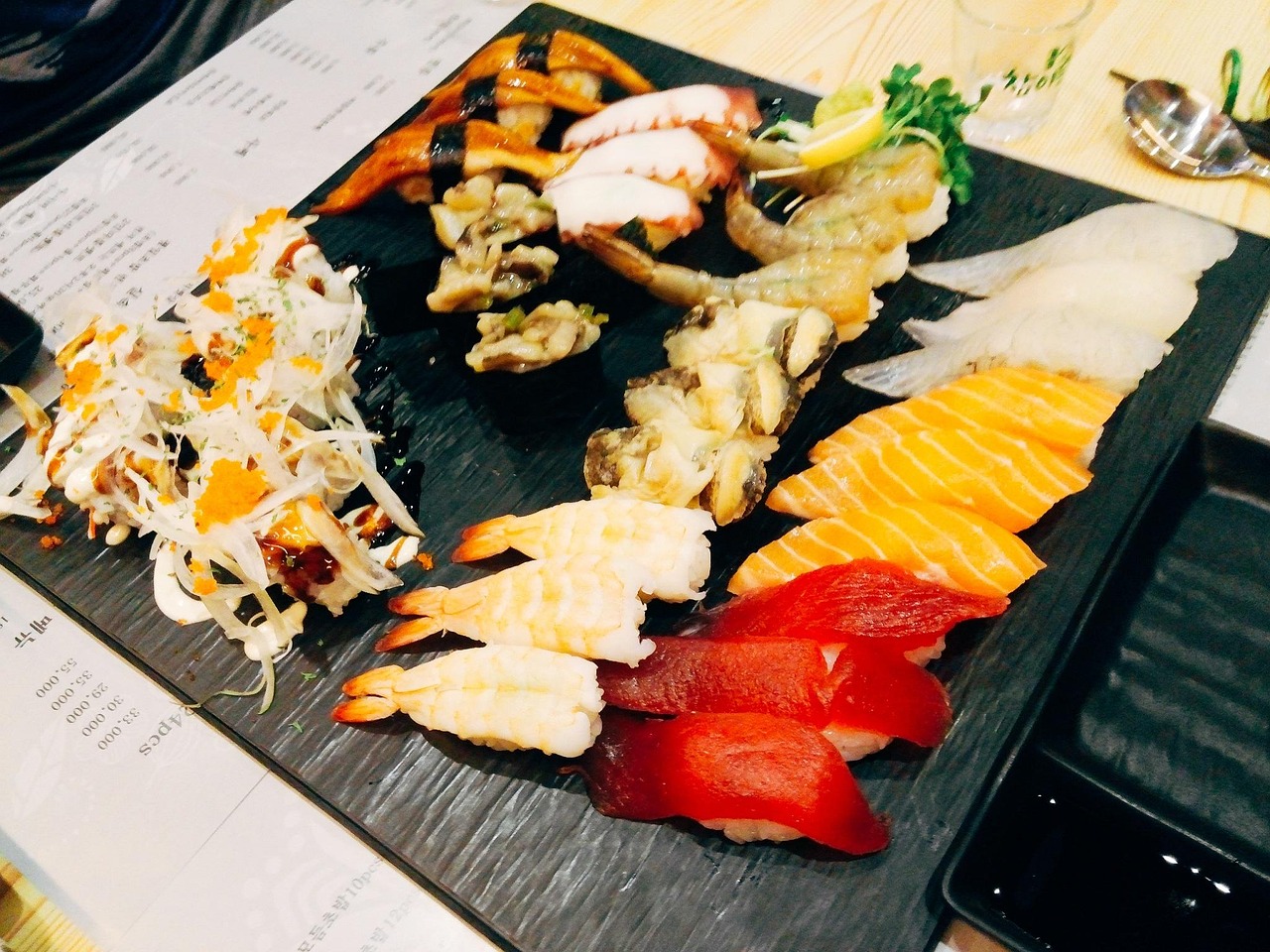
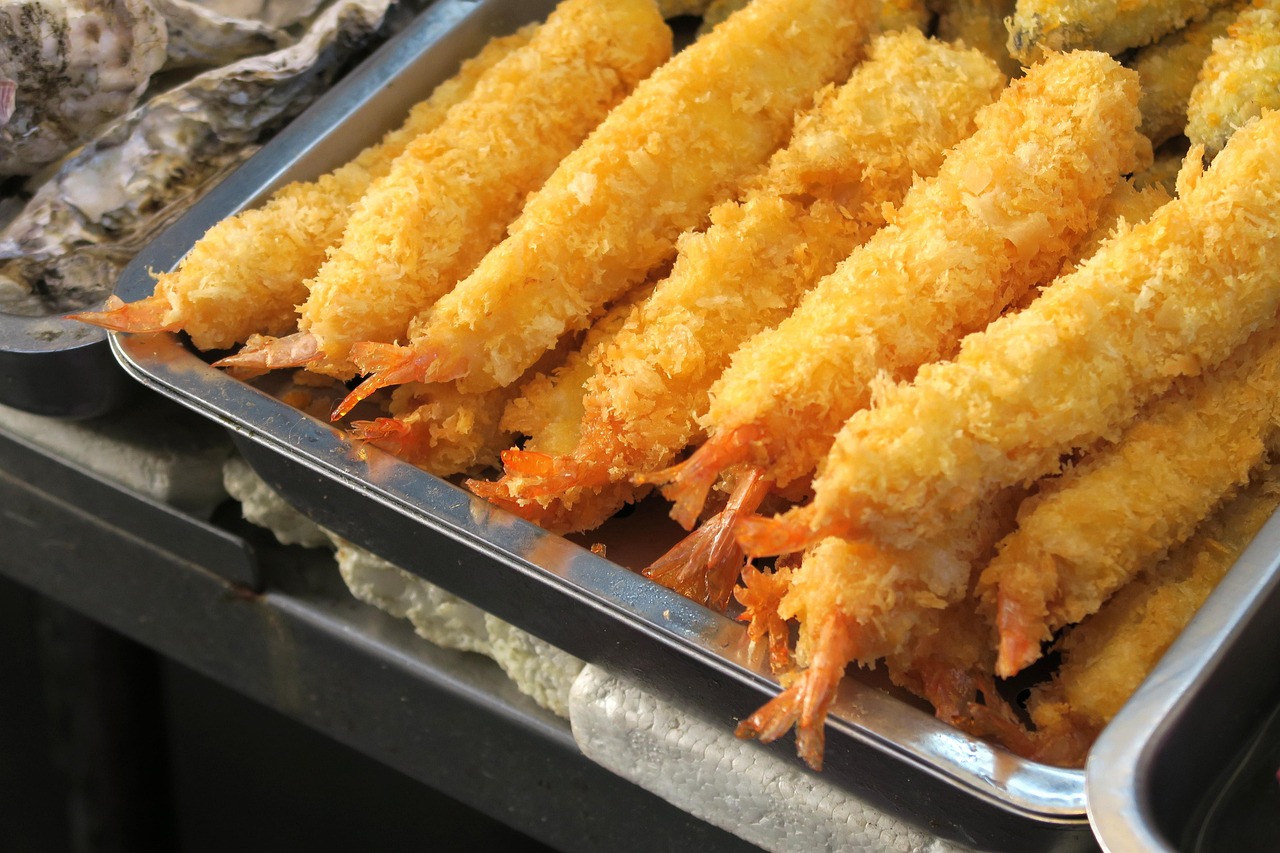
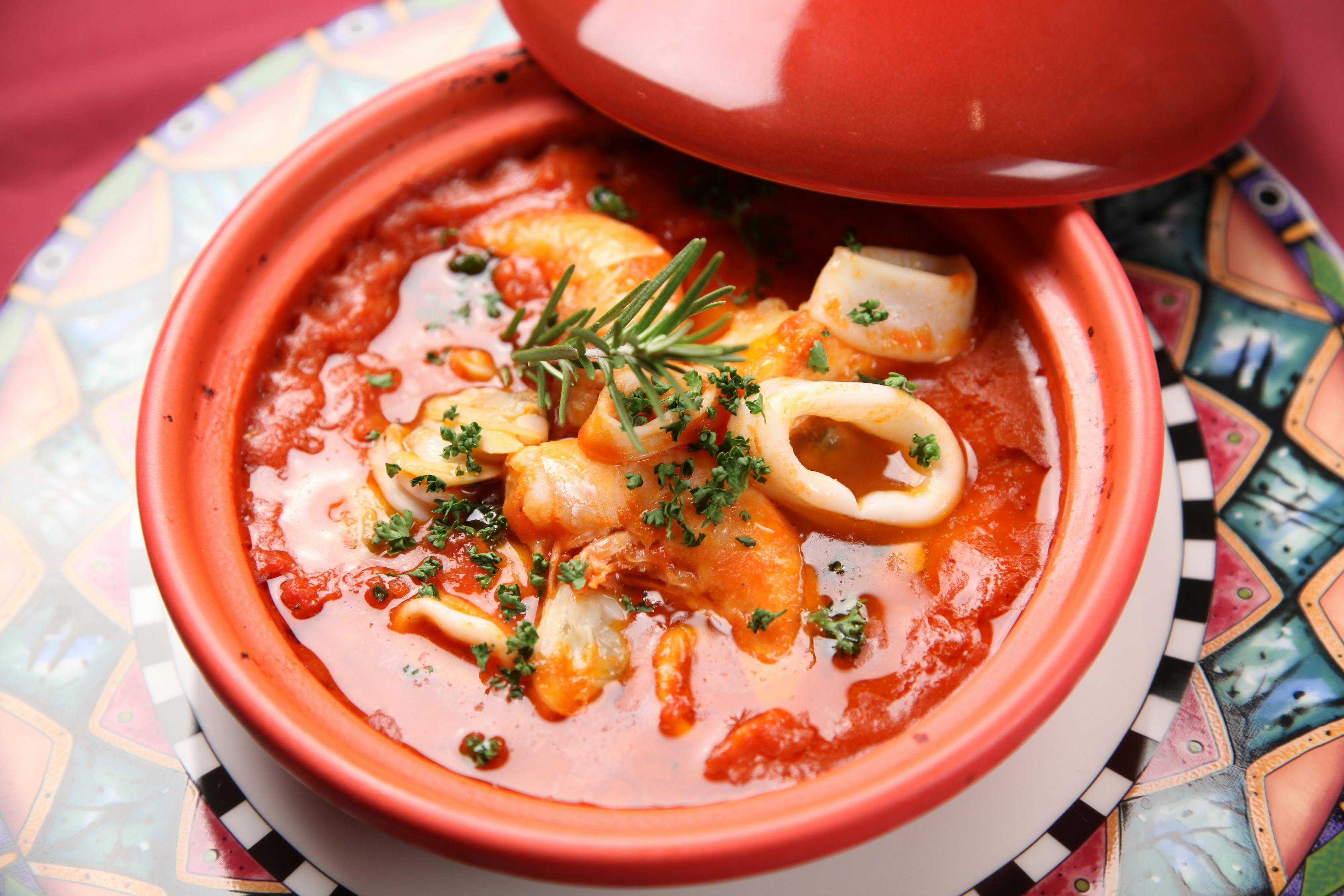
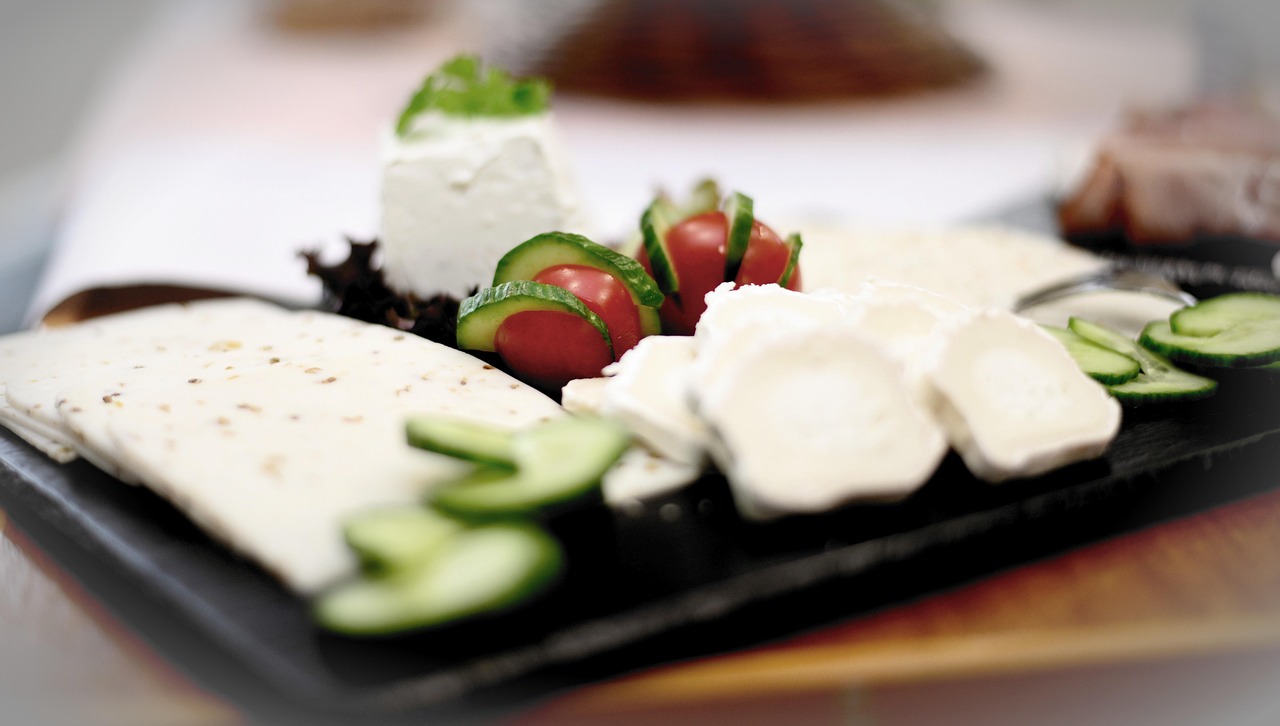
 京公网安备11000000000001号
京公网安备11000000000001号 闽ICP备2023004937号-3
闽ICP备2023004937号-3